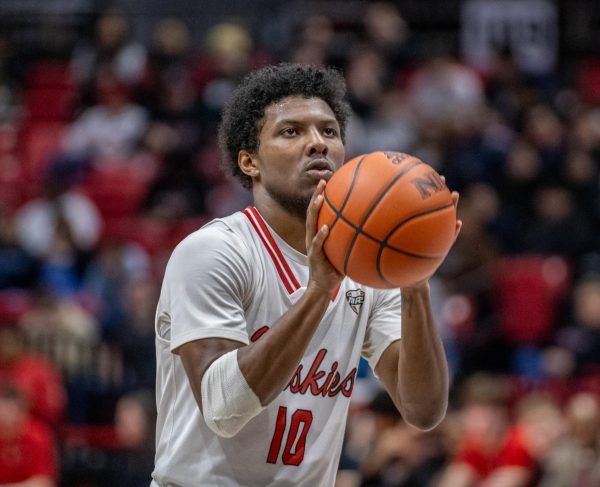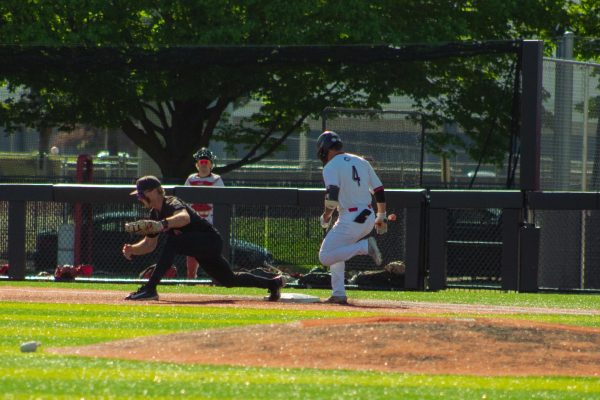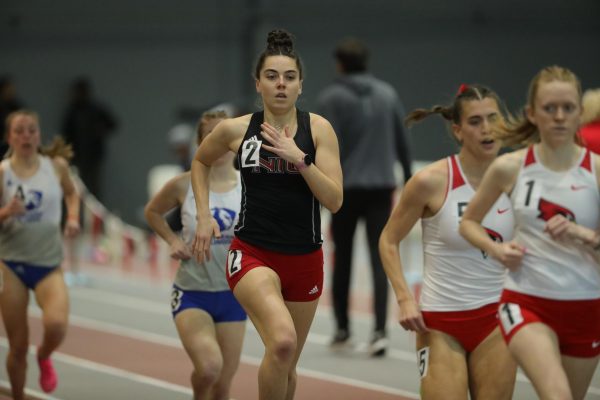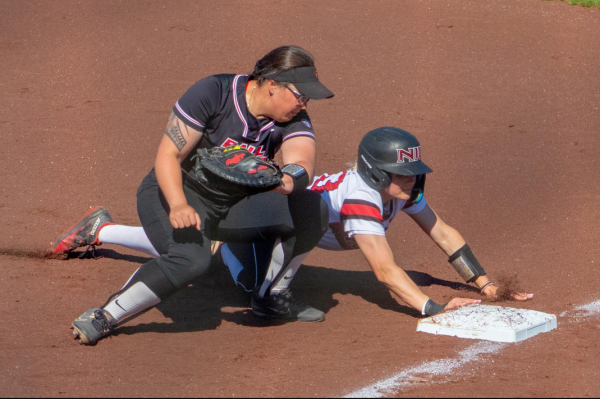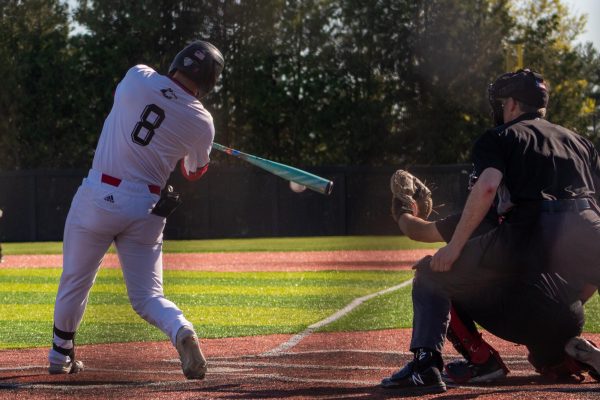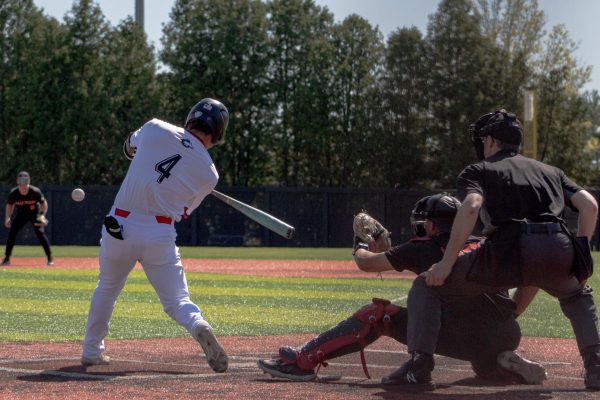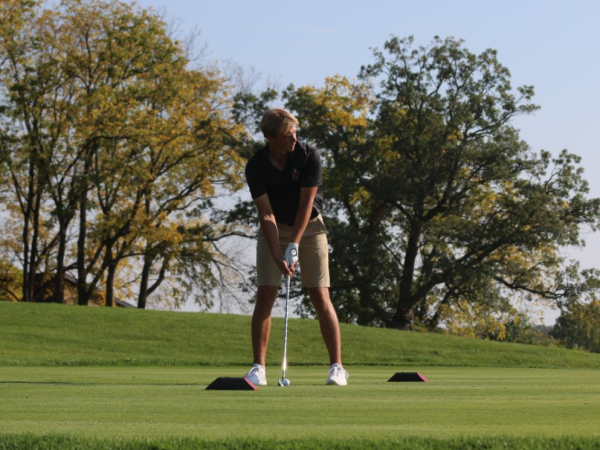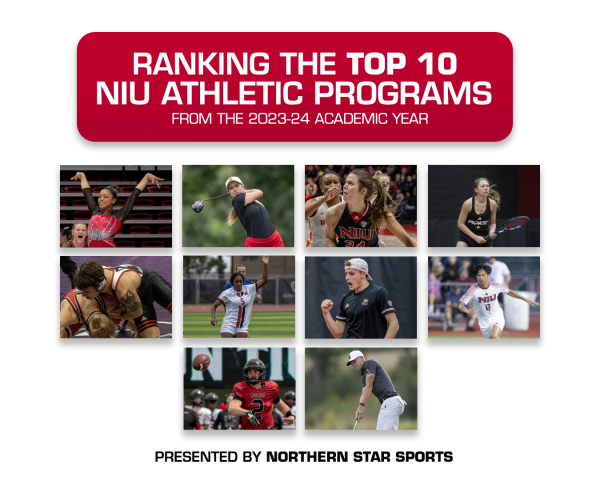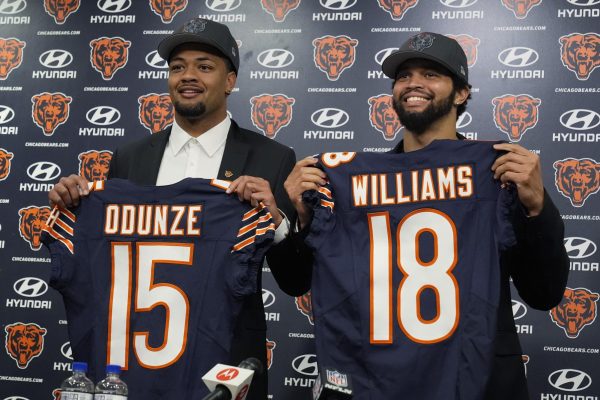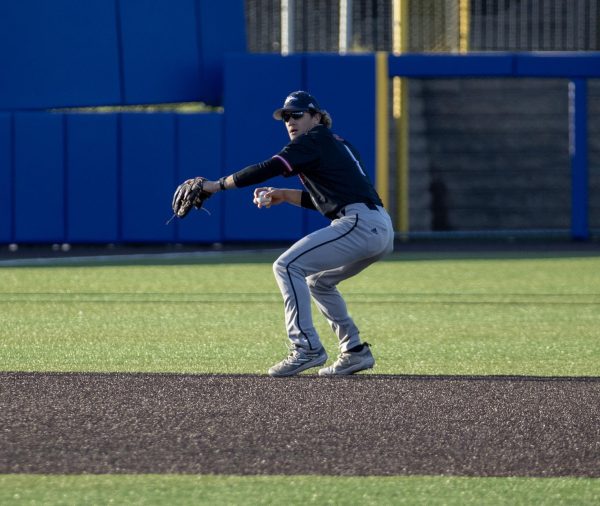NFL teams are searching for the ever-efficient hybrid linebacker
February 26, 2009
Hybrid cars are known to be versatile and efficient trendsetters in the auto industry. In the NFL, a new versatile and efficient trend has been growing in popularity among teams — the hybrid linebacker.
These “everything linebackers” are undersized college defensive ends or athletic linebackers able to play both inside or outside. They’re expected to not only rush the passer but stop the run, drop back in zone coverage, cover tight ends man-to-man and utilize sideline-to-sideline speed to catch running backs and scrambling quarterbacks.
The 2009 NFL Draft boasts the highest number of hybrid linebackers available, with six (Aaron Curry, Everette Brown, Brian Orakpo, Aaron Maybin, Rey Maualuga and Larry English) projected to go in the first round.
But why are teams so interested in the hybrid linebacker?
With about a dozen teams currently employing or switching to the 3-4 defense in 2009, the demand for hybrid linebackers is on the rise. With a deep, talented group, many 3-4 coaches are excited by the prospects in 2009.
“From what I’ve seen, I’m very encouraged by this group,” said Arizona Cardinals head coach Ken Whisenhunt. “Finding that outside-type linebacker, especially in the type of defense that we play, is difficult to find. There appear to be a number of guys in this draft that fit this bill. The one thing I like, from what I’ve seen, is they have the capability not only to rush but to drop. You can’t just rush every time. I’m encouraged by that.”
The typical size for a hybrid linebacker is 250 to 260 pounds. Curry weighs in at just 247 pounds but has the ability to play both inside and outside linebacker, while Maualuga (254), Maybin (250), Orakpo (255), English (254) and Brown (252) all fit the ideal model for the hybrid.
Like Curry, former Ohio State inside linebacker James Laurinaitis (244) is also looking at himself as a multi-position linebacker who can fit into both the 4-3 and 3-4.
“I think I can play all three positions in the 4-3, and I think that in the 3-4 I can play the inside position,” Laurinaitis said.
Maybin has had to answer scouts’ questions about his weight and the fact that he left Penn State after his redshirt sophomore season.
“At this weight, it’s a functional weight for me,” Maybin said. “All of the scouts and GMs out there can basically see how I move, see what my athletic abilities are.”
It’s not only the coaches who are seeing the trend on the rise. The prospects also have to look at themselves as multi-tooled players who are able to transition into the linebacker or defensive end role. Some of the draft prospects, such as former Texas Longhorn Orakpo, started playing the hybrid position in college.
“I’m versatile. I’m not just a guy that’s projected. I played [outside linebacker and defensive end], and I’ve been very effective at both,” Orakpo said. “A lot of teams are going to that 3-4 scheme, but you still have a lot of teams in the 4-3. They need versatile guys who can play either position.”
The hybrid linebacker position has really evolved in the past six years and has sent its players to success in the NFL. In 2003 Terrell Suggs was taken No. 10 overall by the Baltimore Ravens and DeMarcus Ware was taken No. 11 by the Dallas Cowboys in 2005.
Last year the New York Jets selected Vernon Gholston No. 6 overall, but he saw limited playing time as a hybrid linebacker.



